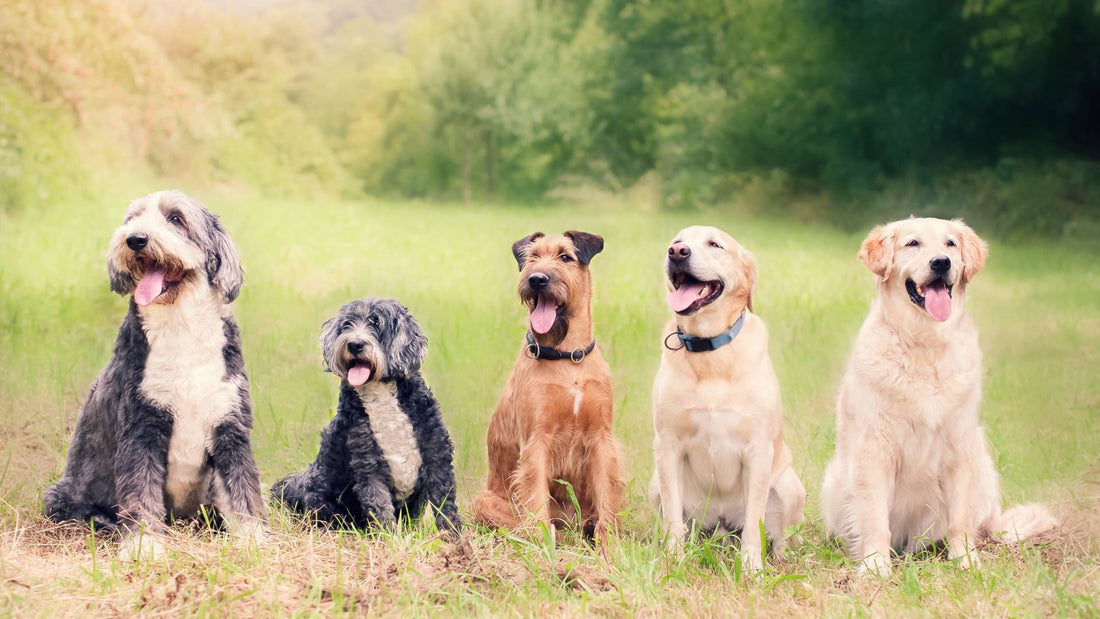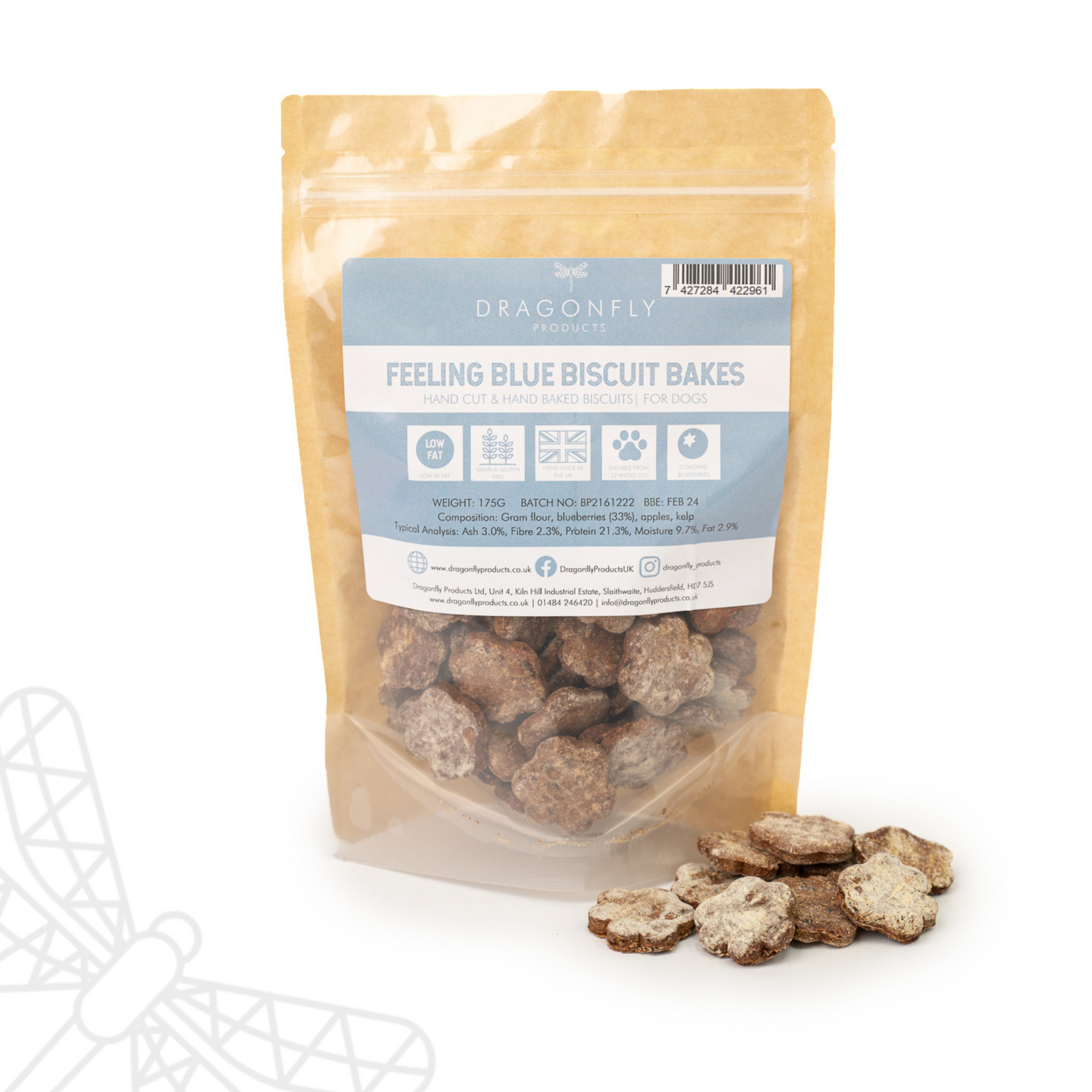
When do dogs stop growing?
Dogs typically stop growing when they reach about 6 to 18 months, but this depends on the breed. Smaller breeds tend to mature faster and stop growing earlier, usually around the age of 6-12 months.
On the other hand, larger breeds might continue to grow until they are 12-18 months old. The growth rate and eventual size of a dog are influenced by its genetics, diet, and overall health.
Table of Contents
- Do small dogs stop growing earlier than large dogs?
- At what age do large breed dogs stop growing?
- What are the signs that my puppy has stopped growing?
- Does neutering or spaying affect when a dog stops growing?
- Can you predict how big a dog will be when it stops growing?
- Can dogs still grow after three years?
- Does a poor diet affect a dog’s growth rate?
- How to feed a growing puppy?
Do small dogs stop growing earlier than large dogs?
Yes, small dogs generally reach their full size quicker than their larger counterparts. Breeds like Chihuahuas, Pomeranians, and other toy breeds often stop growing by the time they are about 6-12 months old.
This earlier cessation of growth allows them to reach maturity faster, which means their nutritional and exercise needs may stabilize sooner. For dog owners, this means a shorter puppy phase and an earlier transition to adult maintenance diets.
At what age do large breed dogs stop growing?
Large breed dogs, such as Saint Bernards, Great Danes, and other giants, take a longer time to reach their full size. These dogs typically stop growing and reach physical maturity at about 18-24 months of age, although they may continue to fill out in muscle and girth beyond this age.
Given their extended growth period, it’s crucial for owners of large breed pups to monitor their diet and exercise to avoid joint problems and other growth-related health issues.
What are the signs that my puppy has stopped growing?
- No Change in Height or Weight: If your puppy hasn't increased in height or weight for several consecutive months, they are likely done growing.
- Closed Growth Plates: A vet can confirm through X-rays that your puppy’s growth plates have closed, signaling the end of bone growth.
- Physical Proportions: Your puppy’s proportions will start to look more like an adult dog’s, with a more defined muscular structure and fuller body.
- Stabilized Appetite: Their appetite might stabilize; they won’t seem as ravenous as they did during peak growth phases.
- Adult Teeth: By around six to seven months, all permanent teeth should have appeared, indicating they are moving out of the puppy phase.
Does neutering or spaying affect when a dog stops growing?
Yes. Neutering or spaying a dog can indeed impact when it stops growing, and the effect can vary depending on the timing of the procedure.
When dogs are neutered or spayed before they reach sexual maturity, removing hormone-producing organs can delay the closure of the growth plates in their bones.
This might result in a slightly taller dog than if they had been neutered or spayed after reaching maturity, as the growth plates in the long bones stay open for a bit longer.
Can you predict how big a dog will be when it stops growing?
Predicting how big a dog will be when it stops growing involves looking at several factors, most notably their breed and the size of their parents.
Generally, the breed gives a good indication of the typical height and weight range you can expect. However, looking at the specific dog's parents can provide more personalized clues about its potential size.
For mixed-breed dogs, predictions might be more challenging and less accurate. Vets often use indicators like paw size and current growth trends to give an estimate, but these are still approximations.
Can dogs still grow after three years?
It's quite rare for dogs to continue growing in height after three years of age. Most breeds will have reached their full physical maturity by this time.
Larger breeds generally finish growing in height around the age of 18 to 24 months, but they continue to "fill out" in terms of muscle and girth until they are around 2 to 3 years old. After this point, any significant changes in size or shape are uncommon and could be indicative of weight gain rather than growth.
If you notice that your dog seems to be growing or changing size after three years, it's a good idea to consult with a vet to make sure there are no underlying health problems affecting their size.
Does a poor diet affect a dog’s growth rate?
Yes, a poor diet can significantly affect a dog's growth rate. Puppies require a balanced diet rich in essential nutrients to support their rapid development. If a diet lacks sufficient protein, vitamins, and minerals, it can lead to stunted growth and other developmental problems. For example, inadequate calcium can affect bone development, leading to skeletal issues.
Moreover, not just the lack of nutrients, but also an imbalance—such as too much of certain nutrients—can cause problems. Overfeeding, especially with high-energy diets, can lead to rapid growth in puppies, particularly in large-breed dogs. This can strain the developing bones and joints, potentially leading to orthopedic issues like hip dysplasia.
How to feed a growing puppy?
- Choose the Right Food: Opt for high-quality puppy food that is appropriate for the breed size and growth needs of your puppy. These foods are specially formulated with the right balance of nutrients such as proteins, fats, vitamins, and minerals that are essential for growth.
- Follow Feeding Guidelines: Refer to the feeding guidelines on the puppy food package. These recommendations are usually based on the puppy's current weight and expected adult weight. Adjust portions as your puppy grows and their appetite changes.
- Multiple Meals a Day: Puppies need to eat more often than adult dogs. Feed them three to four times a day until they are around 6 months old. Feeding at regular intervals helps maintain their energy levels and supports consistent growth.
- Monitor Growth and Weight: Keep track of your puppy’s growth with regular weigh-ins and check-ups at the vet to ensure they are growing at a healthy rate and not over or underfeeding.
- Avoid Overfeeding: Overfeeding can lead to obesity and associated health problems, especially in larger breeds prone to joint issues.
- Introduce New Foods Gradually: If you need to switch their food—for example, when transitioning from puppy to adult food—do it gradually over several days to avoid upsetting their stomach.
- Fresh Water: Always provide access to fresh, clean water. Young puppies especially need to stay hydrated as they are very active and can dehydrate quickly.
The time it takes for dogs to stop growing depends on their breed. Small dogs might finish growing by the time they're 6-12 months old, whereas larger breeds can keep growing until they're about 18-24 months old.
Knowing when your dog will likely stop growing helps you provide the right care, from nutrition to exercise, ensuring they develop into a healthy adult. Regular check-ups with your vet are also key to monitoring their growth effectively.
For any further help and advice please contact us on 01484 246420 and why not join our social media channels and online community on Instagram, Facebook or YouTube.
With Wags and Woofs,
Laura, Dolly & Reggie





